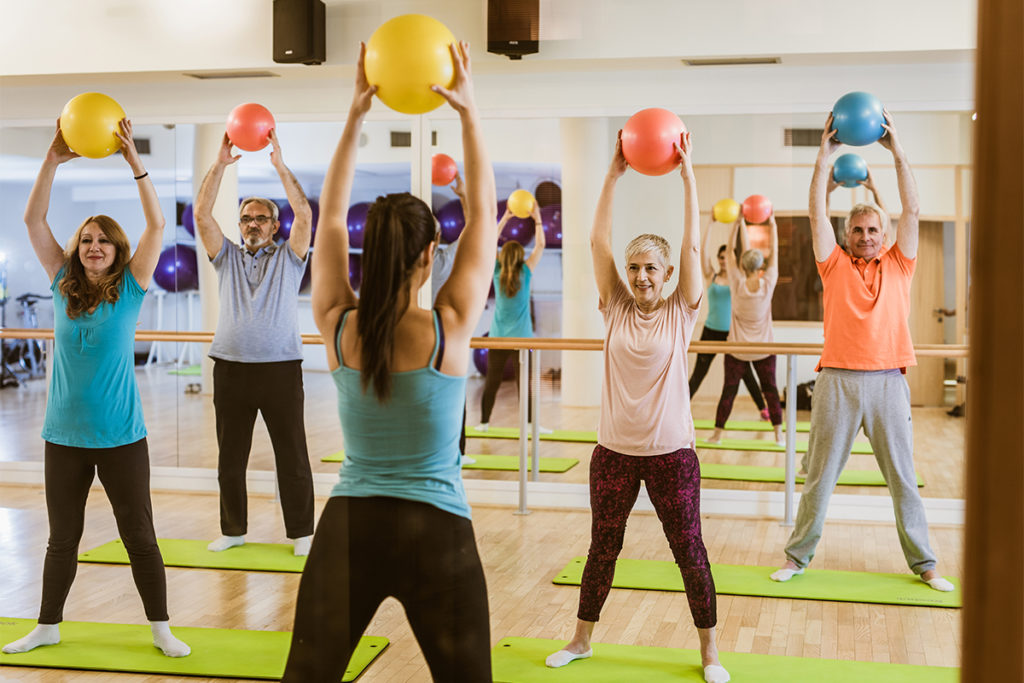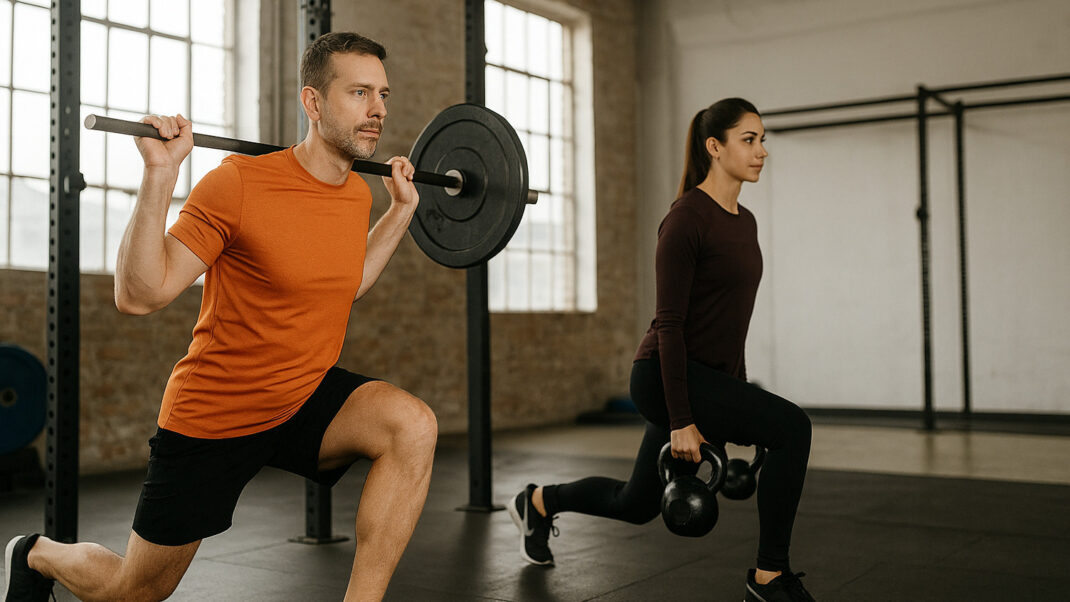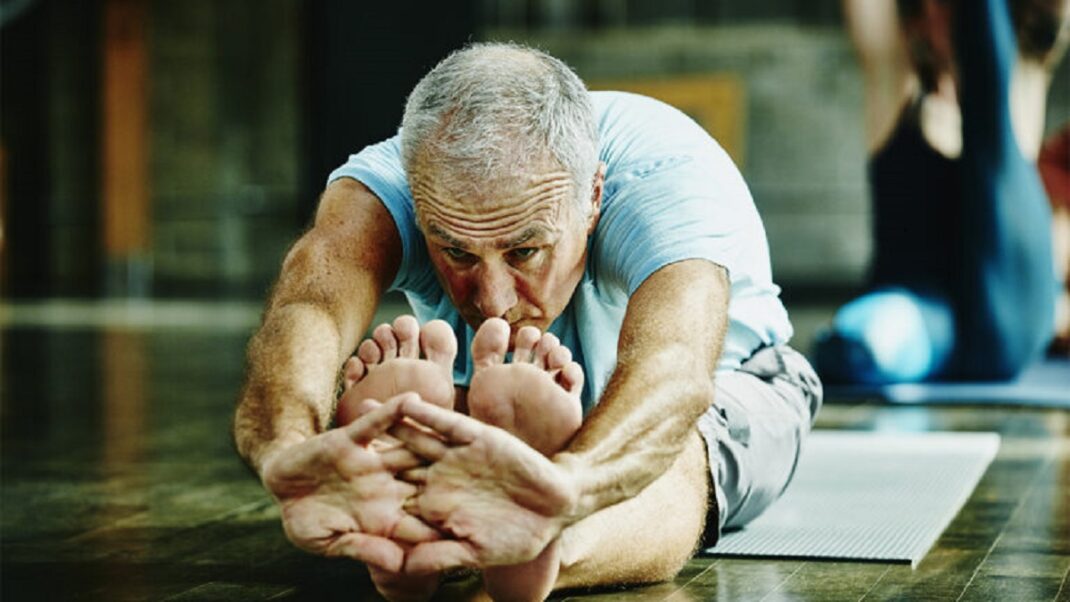Social Fitness Boosts Your Health

Why Social Connections Matter
Humans are wired to connect. When we have strong relationships, we not only feel happier, we actually get healthier.
Research shows that people with meaningful social connections have:
- Lower stress levels
- Stronger immune systems
- Better heart health
- Longer lifespans
On the flip side, loneliness can increase the risk of illness and even shorten life expectancy. In fact, weak social ties can be more harmful than inactivity, obesity, or smoking.
Why Exercise Is the Perfect Social Tool
When you combine movement with connection, the benefits multiply. Group workouts, partner activities, and community sports:
- Boost mood through endorphin release
- Increase motivation and accountability
- Reduce stress and improve mental health
- Make it more likely you’ll stick to your routine
One study found people in group exercise classes had a 26% drop in stress and better emotional well-being compared to those who worked out alone.
The Social Fitness “Feedback Loop”
Here’s what happens when you make exercise social:
- You connect – Meeting others with similar goals creates belonging.
- You feel good – Positive emotions make you want to keep going.
- You stay consistent – Accountability helps you show up.
- You get results – Physical progress boosts confidence.
- You connect even more – Your network and enjoyment grow.
This is why many people find it easier to stay committed when they join a class, a running group, or an online challenge.
Ways to Make Your Fitness More Social
In-Person Options:
- Join a group class (yoga, dance, cycling, boot camp)
- Sign up for a recreational sports team
- Take part in local events like parkruns or charity walks
Virtual Options:
- Join an online fitness community or app challenge
- Try virtual group rides, runs, or live-streamed classes
- Create a private group with friends to track workouts
Low-Pressure Connections:
- Invite a friend for a “walk and talk”
- Plan active outings (hikes, bowling, swimming)
- Organize a healthy potluck after a workout
Your Action Steps
- Pick one social activity to add this month—online or in person.
- Schedule it so it becomes a habit.
- Share your goals with someone in your social fitness group.
- Notice the changes in mood, motivation, and consistency.
How Your Fitness Professional Can Help
Your coach or trainer can:
- Connect you with other clients for group or partner training
- Recommend local classes or teams that match your interests
- Create a social fitness challenge for accountability and fun
- Support your efforts through check-ins and progress tracking
Key Takeaway
Social fitness isn’t just about working out—it’s about creating a healthy, connected lifestyle that keeps you motivated, supported, and happier in the long run. Whether you’re a beginner or a seasoned athlete, moving together helps us thrive.
References
“Group exercise improves quality of life, reduces stress far more than solo.” (2017). ScienceDaily. https://www.sciencedaily.com/releases/2017/10/171030092917.htm
Mema, G., et al. (2022). Social factors in encouraging physical activity. The BMJ. https://www.bmj.com/content/386/bmj-2023-078713/rr-2
“How your ‘social fitness’ impacts your health.” (2025). New York Post. https://nypost.com/2025/02/05/health/how-social-fitness-impacts-your-health-and-workouts-to-improve
“Do this kind of exercise if you want to live longer.” (2018). Time. https://time.com/5384491/best-exercise-for-longevity


